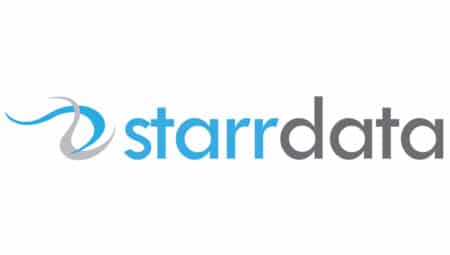When it comes to delivering exceptional customer service, choosing the right platform can make all the difference. While Zendesk has long been a favorite in the customer service software space, Salesforce Service Cloud offers a more comprehensive and robust solution for companies looking to elevate their customer support strategy. If you’re currently using Zendesk and are considering a switch, this post explores why Salesforce Service Cloud may be the superior choice and how it can transform your customer service operations.
1. Unified Customer Experience
Salesforce Service Cloud integrates seamlessly with the broader Salesforce ecosystem, providing a unified view of customer interactions across sales, marketing, and service. This integration ensures that agents have all the context they need to provide personalized and effective support. In contrast, Zendesk often requires third-party tools to achieve the same level of cross-functional collaboration, which can lead to inefficiencies and higher costs.
2. Scalability and Customization
As your business grows, your customer service needs will inevitably evolve. Salesforce Service Cloud is designed to scale with your organization, offering extensive customization options through features like Lightning Flow, custom objects, and AppExchange apps. While Zendesk is user-friendly, it can sometimes lack the flexibility to adapt to complex or rapidly changing business requirements.
3. AI-Powered Capabilities
Salesforce Service Cloud takes advantage of Salesforce Einstein, its built-in AI engine, to provide predictive insights, automated workflows, and AI-driven chatbots. These capabilities help organizations streamline operations, reduce response times, and improve case resolution rates. Zendesk does offer AI tools, but Salesforce Einstein’s deeper integration with the CRM ecosystem gives it a clear edge.
4. Omnichannel Support
While both platforms offer omnichannel capabilities, Salesforce Service Cloud provides a more seamless and cohesive experience across all channels—whether it’s email, phone, social media, or live chat. The platform allows agents to switch between channels effortlessly while maintaining a complete view of the customer journey, ensuring no interaction falls through the cracks.
5. Analytics and Reporting
Salesforce Service Cloud offers advanced analytics and reporting features powered by Tableau, enabling organizations to extract actionable insights from their data. The platform allows for highly customizable dashboards and reports that can be tailored to your unique KPIs. Zendesk’s reporting capabilities, while solid, often require additional tools or integrations to achieve the same level of depth and customization.
6. Seamless Collaboration Across Teams
Service Cloud leverages Salesforce’s “Customer 360” approach, enabling sales, marketing, and service teams to work collaboratively from a single platform. This holistic approach ensures a consistent customer experience at every touchpoint. Zendesk, on the other hand, often operates in a siloed manner unless extensively integrated with external tools.
Why Migrate from Zendesk to Salesforce Service Cloud?
1. Enhanced Efficiency: Salesforce Service Cloud unites your sales and service teams on a single platform, eliminating the need for constant data syncing and integration maintenance.
2. Better ROI: While Zendesk may appear cost-effective upfront, the long-term benefits of Service Cloud’s scalability, advanced features, and seamless integrations often outweigh the initial investment.
3. Future-Proof Solution: With regular updates, cutting-edge technology, and a dedication to innovation, Salesforce ensures that your customer service platform evolves with industry trends.
4. Increased Agent Productivity: Tools like Einstein AI, dynamic case management, and robust knowledge base functionalities empower agents to resolve cases faster and more effectively.
5. Customer-Centric Approach: Service Cloud’s deep customization options enable businesses to tailor the platform to specific customer needs, improving satisfaction and loyalty.
Migrating to Salesforce Service Cloud: What You Need to Know
Transitioning from Zendesk to Salesforce Service Cloud might seem daunting, but with proper planning, it can be a smooth process. Here’s how to approach it:
1. Assess Your Current System: Identify Zendesk’s limitations and prioritize the features you want to leverage in Salesforce Service Cloud.
2. Plan the Migration: Work with Salesforce experts, like StarrData to create a migration roadmap that minimizes downtime and ensures data integrity.
3. Train Your Team: Provide training sessions for your agents and admins to familiarize them with the new system.
4. Test and Optimize: Before going live, conduct thorough testing to ensure all integrations, workflows, and customizations function as intended.
5. Leverage Ongoing Support: To maximize the platform’s potential, take advantage of Salesforce’s extensive support resources and community.
Conclusion
While Zendesk has strengths, Salesforce Service Cloud offers a more robust, scalable, and future-ready solution for businesses that aim to deliver world-class customer service. Its deep integration with the Salesforce ecosystem, advanced AI capabilities, and customizable features make it an ideal choice for companies ready to elevate their customer support strategy to the next level.
If you’re ready to switch, investing in Salesforce Service Cloud could transform your customer service operations and your business. StarrData has worked on dozens of these projects and can assist with the planning and best practices to ensure a smooth migration.

